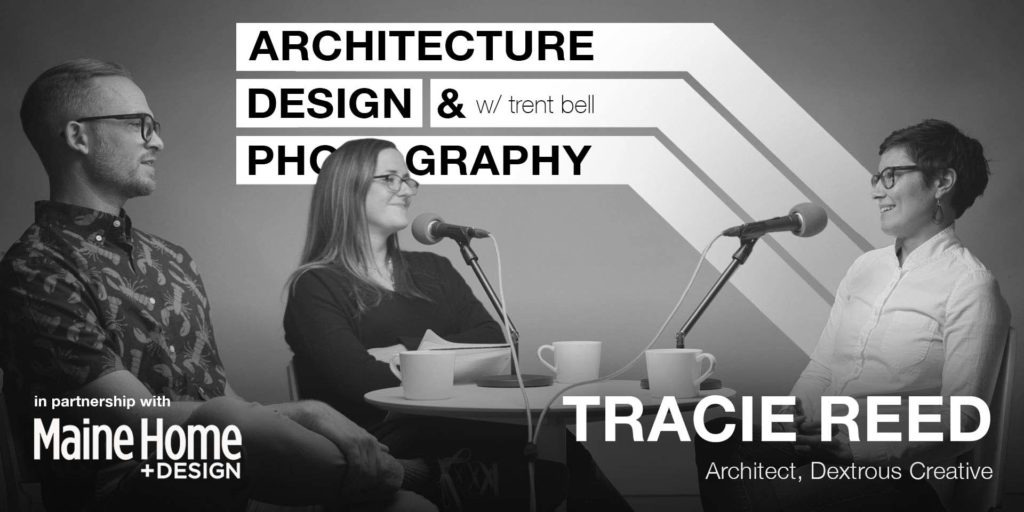Nonverbal Communication
Tracie Reed on communicating through architecture

Q. What is your approach when it comes to designing buildings that successfully communicate with users?
A. The built environment, the form through which we communicate, is immersive: a three-dimensional, all-encompassing, sensory experience. My interest as an architect relates to observing subtleties in nonverbal communication to better understand how we interact as well as react spatially with one another and our environment. My hobbies—mountain biking, lindy hopping (a partnered swing dance), and squash, the racket sport—allow me to practice, observe, and hone such skills in a rapid-fire fashion. All require keen observation of environmental cues—a partner’s lead, analysis of rapidly approaching terrain, an opponent’s body language that allows me to predict the location of the next shot. While static in nature, our buildings provide many similar nonverbal cues influencing our movements through space.
Q. How does architecture reflect our values?

RENDERINGS: Dextrous Creative and Interface
A. Buildings speak volumes about our inherent values. Intended or not, nonverbal messages are visible throughout. For example, the placement, path, and materiality of a wheelchair ramp at the entrance of a building indicates care in creating an equally welcoming experience regardless of mobility. Likewise, the location, quantity, and quality of accessory elements as simple as refuse receptacles or bike racks with proper site lighting speak volumes to users about priorities and creating a safe and welcoming space for all.
Q. Can you give us an example of how a piece of design has personally impacted you?
A. Scale, material, massing, and lighting can also be used to intimidate and demonstrate power and control. The monumental stone facades with larger- than-life columns, massive heights, and immense volumes you see when traveling in Europe are designed to make you feel small and insignificant. Saint Mark’s Basilica in Venice, which I visited this spring, for example, even showcases massive marble columns and mosaics proudly stolen from Istanbul. The famous four bronze horses towering over the entrance? Also stolen from Istanbul.
Q. How does being a woman influence the way you communicate through design?
A. In addition to understanding the power of massing and materials, my experience as a woman informs my work as an architect. Women are uniquely suited as designers of the built environment due to the ever-present threat of violence and harassment we face due to our gender. We constantly calculate the dangers of dark corners, near-empty buildings, and poorly lit sites. As an architect, I use this experience to help design safer, more welcoming spaces for everyone.
Q. Can you give an example of how color, scale, and material selection can work in tandem to communicate the function of a building?
A. When I designed Dirigo Pediatric Dentistry in Yarmouth, which opened in May of this year, I worked with Jill Albers and her team at Interface [flooring company] to create a vibrant, nine-color carpet, which was installed by Capozza Tile and Floor Covering Center. I wanted to reproduce the complex forms and textures of a tide pool in the space. This installation weaves throughout the clinic, providing unexpected pops of color within the clinical setting. The use of white-oak paneling in the reception and waiting areas adds warmth to the office.
Q. Is there one particular project you feel without a doubt communicates the client’s values?

PHOTO: Nicole Wolf
A. The design of Portland’s Jewish deli, Rose Foods, is a great example of using a mixture of heights within a space to focus and draw the customer’s gaze in. Owner and chef Chad Conley had a strong vision for this project; he knew its aesthetic and how he wanted customers to feel experiencing the space. Successful projects are not possible without a client who trusts their design team and the contractors who will proudly execute the design. Like a dance routine or a squash match, the outcome is only as good as the partners who agree to trust and push one another to achieve more than each can accomplish alone. The success of our work as architects depends upon learning to communicate and picking up on what is often unsaid.
MH+D is proud to partner with acclaimed architectural photographer Trent Bell on his architecture, design, and photography podcast. To hear Trent Bell’s conversation with Tracie Reed, please visit trentbell.com/podcast.
